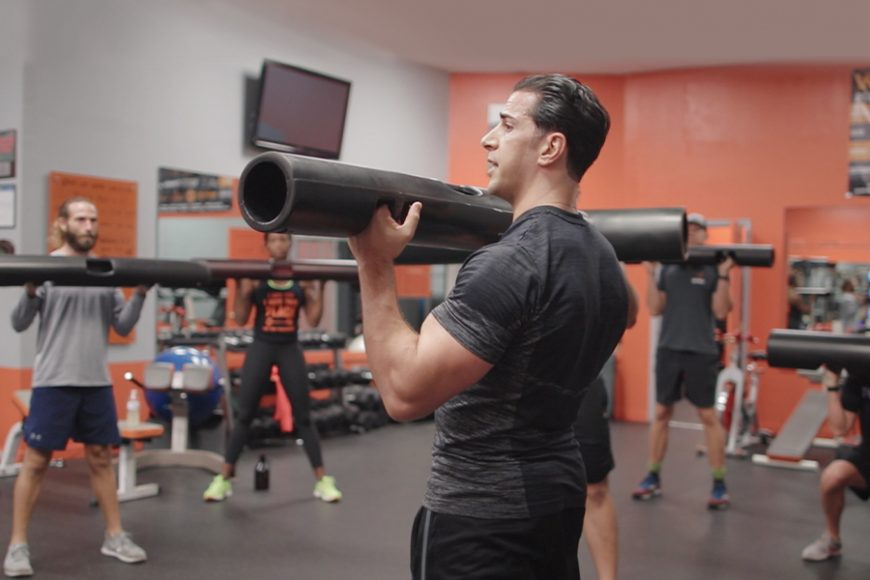“Precision-exercise and physical activity, coupled with cognitive training, is the future of brain health.”
— Ryan Glatt, psychometrist and Brain Health coach
As I’ve written in many of my past articles, I think it’s safe to say that no matter how different we are, we all ultimately have one thing in common — to have a good quality of life. To achieve a nice quality of life as we age, it is understood that we need to keep our minds as sharp as we can. Guess what is one of the best ways to keep our minds sharp besides the popular crossword puzzle and reading? You guessed it: There’s even more evidence and reason to believe that exercise will keep not only your waistline trim, but your mind razor sharp.
Brain health
I am currently taking a Brain Health Trainer Certification, which covers many topics that I’ve been interested in, most notably how to make a dent in the exponentially increasing rates of cognitive decline. Taking a deep dive into neuroscience, this course helps explain how exercise (and all different types of exercise) can play a role in preventing and slowing neurodegenerative diseases such as Alzheimer’s Disease.
The five main areas that affect our cognition are exercise, sleep, stress, nutrition and environment
Were you expecting something different? These are the same things that we have constantly heard about as all-important pieces of our large health and wellness puzzle. If one or more of these are off, our brain health will certainly be compromised.
Neuroplasticity
I plan on recapping my experience going through this course in a future article, but there’s one phrase I’d like to briefly touch on — neuroplasticity.
This is the ability of the brain to change. Yes, we can actually shape our brains and they have the ability to change. You aren’t just “stuck” with what you have. In exciting news, recent discoveries reveal that the brain can maintain the ability to undergo neuroplastic change into later adulthood. This should be an encouraging sign to those who are looking to prevent neurodegenerative diseases, or those who may be on the decline looking to put it on a slow halt.
However, these changes to the brain do not come without some hard work. As a matter of fact, the older you are the more effort that change requires. This is a strong reminder as often when individuals age, they may put less effort into healthy lifestyle behaviors, such as exercise, and move less to enjoy life more, or to avoid pain and discomfort.
The key
With all of this being said, what’s the best way to train the brain? Running? Lifting weights? High intensity interval training? Balance and stabilization training?
Well, it’s actually a combination of a few.
When looking at executive functioning, processing speed, memory and attention, the key is something referred to as multicomponent training. This is a training style that combines aerobic training, resistance training and motor training. So basically, exercise that involves a heart rate response, with some type of resistance, that makes you think and be mindful at that moment. All three of these components happening at the exact same time: You cannot space out during multicomponent exercise. You cannot mindlessly perform exercises.
You want some examples? If I just gave some to you that wouldn’t exactly make you think now would it? Talk about a cliffhanger.
Think about what you are doing, not doing, and/or can do to help train your brain. Need some help and ideas? Shoot me an email at GiovanniRoselli.com or reach me on Twitter @GiovanniRoselli.


